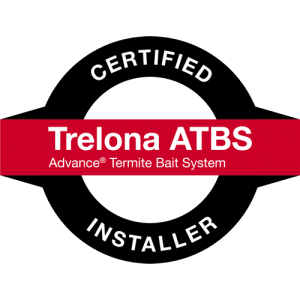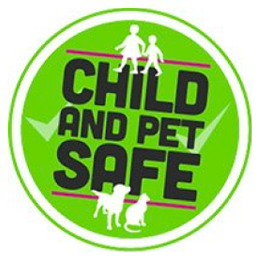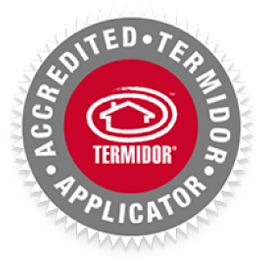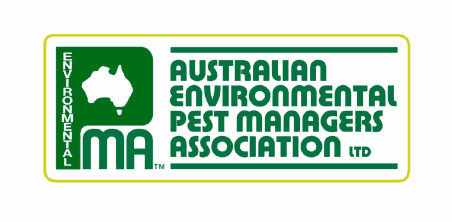Termites Toorbul, Brisbane Northside, Queensland
Termites have been our focus in Toorbul since Conquer Termites Northside started in 2006. With 8 local technicians we are regularly in Toorbul. Each is equipped with the latest termite inspection tools, highly trained, have blue cards, white cards and family men and women vetted to ensure the highest levels of trust. Conquer Termites Northside have over 200 5 star reviews as evidence of the top level service you can expect. What’s more, we guarantee* it.
Questions? Call 07 3358 8801 or fill in the enquiry form.
Toorbul termites services include:
Termite inspections in Toorbul
Toorbul termite barriers
Toorbul termite eradication
Pre-purchase inspections in Toorbul
Toorbul pre-construction termite treatments for renovations and extensions in accordance with the AS
If you think you’ve got white ants in Toorbul then you have termites!
For these and other termite and pest problems be sure to call Conquer Termites Northside during office hours on (07) 3356 8801.
Toorbul Termites Inspections Data
Metric Rating (1 Low - 10 High)
Forestry index 8 - more of a parkland rich suburb, some forest
Water index 6 - some creeks present in the area
Paperbark index 7
Gumtree index 8
Density 1
Developed 1975 – 1995
Did you know this about Toorbul?
Toorbul is on the coastline of the Pumicestone Channel. It is positioned 49 km north of Brisbane.










